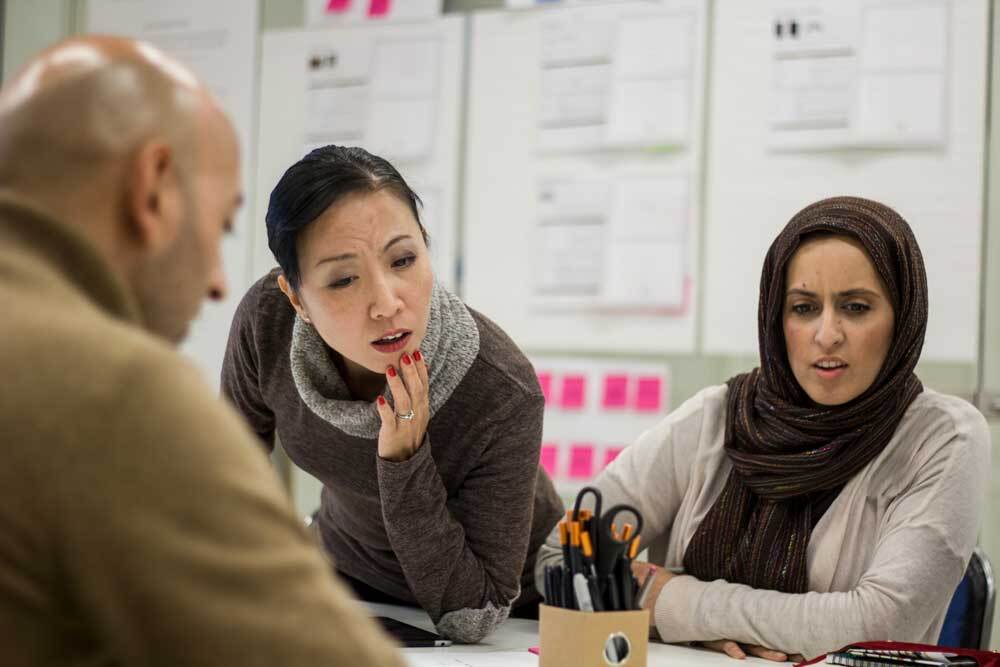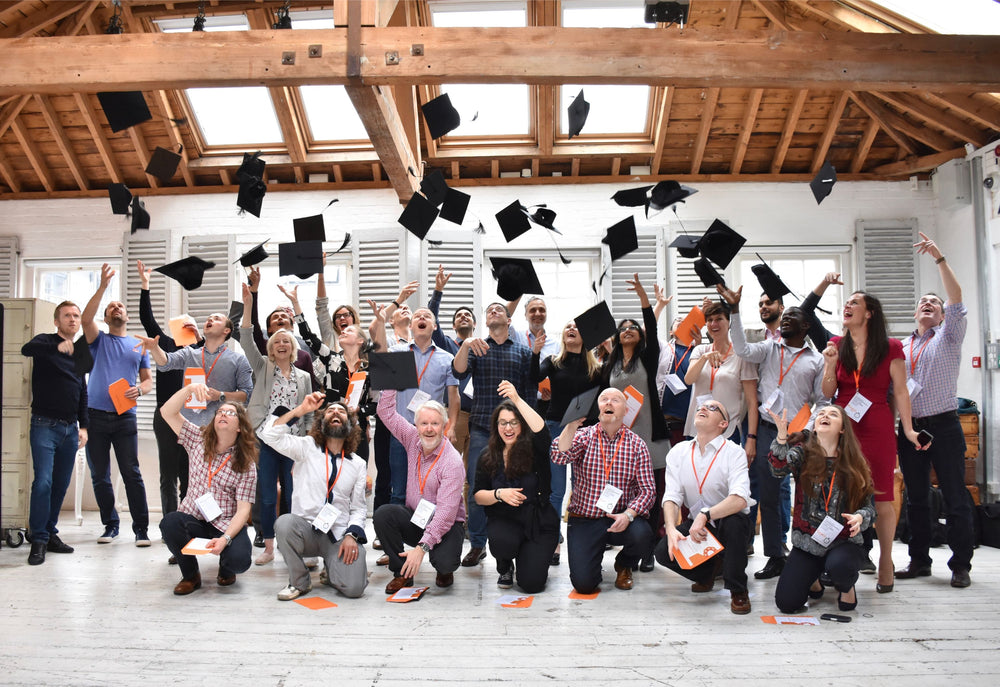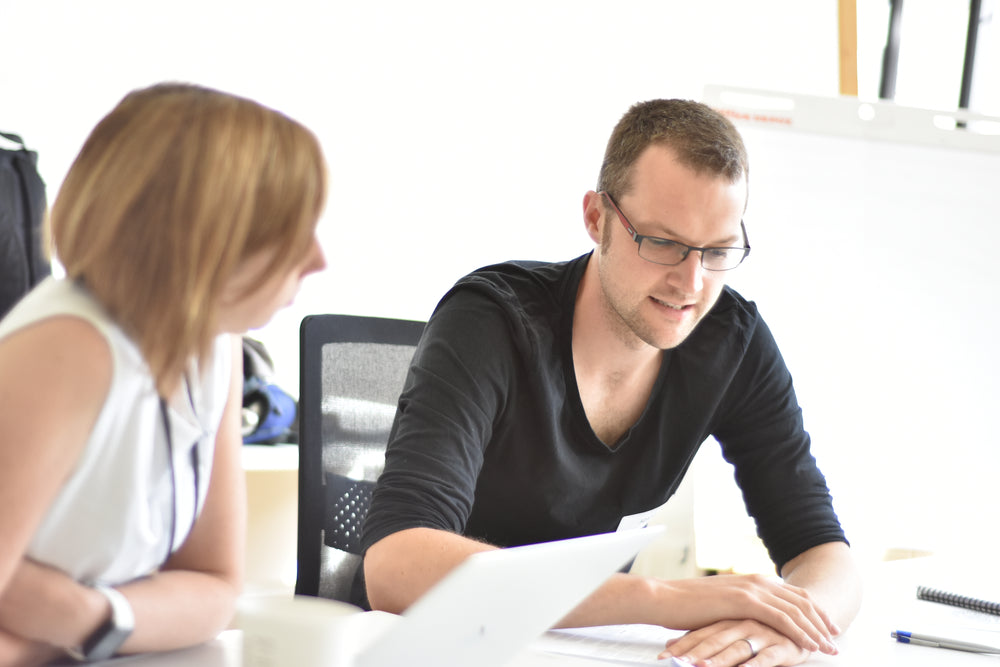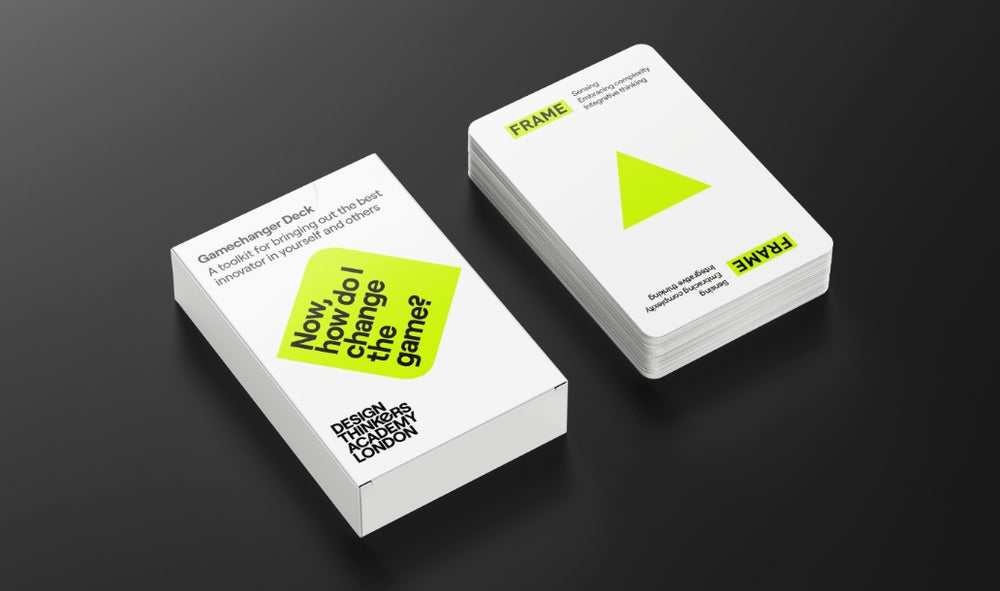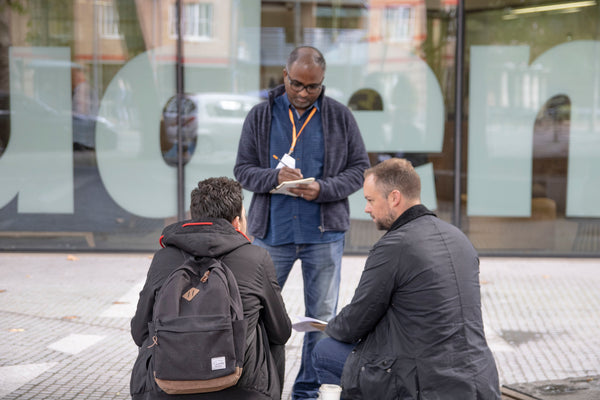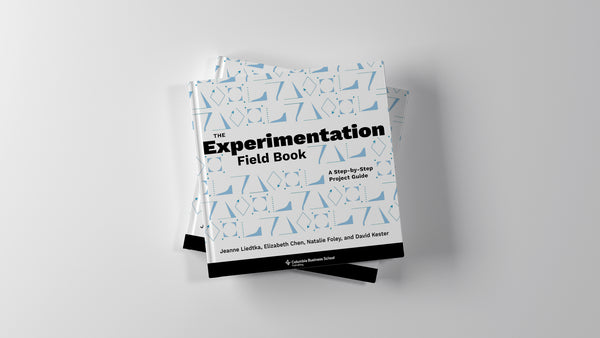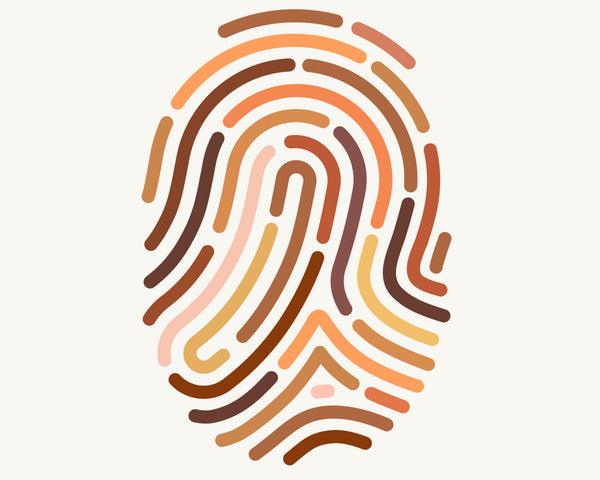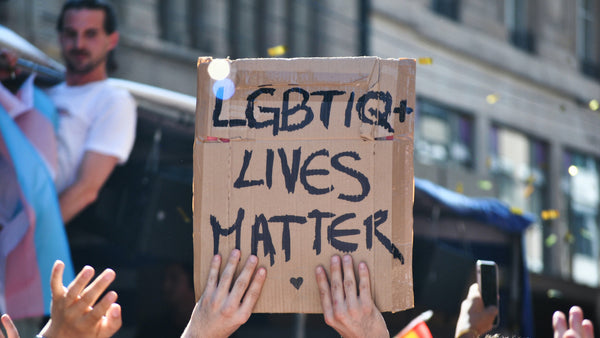About this podcast
‘Design is everything. I like to think of design as just the way humans interact with their world. Everything we do is created by design.’
Goldie Chaudhuri is the Learning Designer at both the Design Thinkers Academy London and DK&A. She brings a lot of our projects to life.

Goldie joined the team earlier this year but was previously a Visiting Tutor for Innovation Design Engineering and Global Innovation Design at the Royal College of Art and with the Dyson School of Design Engineering at Imperial College London. Most recently, Goldie has been a Research Associate in Sustainable Design Engineering and a Designer-in-Residence with the Institute of Imagination. Before transitioning to design, Goldie studied Computer Engineering and spent 7 years working at Microsoft in various innovation labs, including geospatial databases, the future of the internet, and the Hololens augmented reality prototyping team.
As the debut episode of the Design Thinkers Podcast we spoke to Goldie about her experience as the Learning Designer, as well as on wider themes around design and its role in society today. You can access the full conversation via the podcast above, and also enjoy a written summary of some of the conversation below.
Highlights
Goldie, what do you do in your role as the Learning Designer?
So, my job involves working across both the training academy and our design consultancy. I lead the Design Thinker's Academy open courses, including our flagship week-long Bootcamp, our Design Thinking Fundamentals and a couple of different Facilitation trainings. I work with our pro bono challenge sponsors on framing a design brief, creating a design research plan, recruiting end-user interviewees and facilitating the courses themselves. We have an amazing team of inspiring design leaders that we get to work with on these courses.
Aside from our open courses, I also get pulled in on client consulting projects that involve co-creation workshops or in-house and bespoke courses. I work closely with these clients to discover what existing training or Design Thinking capabilities they have and then work with them to create custom learning offerings. This can be anything from an adapted version of one of our existing courses, to something completely designed from scratch.
If there's any time left after all this, there are always exciting new projects waiting on the back burner. I'm especially passionate about design as a tool for addressing climate change and am excited to see this growing theme in our work, leading up to the UN Climate Change Summit being held in the UK in 2020.
I'm at the early stages of dreaming up new toolkits, adapting methods from systems thinking, design futures and other related fields. True to the spirit of design, our learning programme is a constant prototype. It’s an exciting opportunity to take a step back and iterate on our design thinking tools. It's not always easy to prioritise the big picture, but I think it's really important that we practice what we preach and are constantly testing and refining what we do.
And what attracted you to the role of Learning Designer in the first place?
Well, I've been teaching design for a while at a number of different age ranges - anywhere from seven-year-old kids to master's students. What we find is that design is a really natural skill set for young people and it's something that we unlearn as we get older and often more corporate. So that's an area that I'm really excited about - helping people get back to basics and learning how to be playful, how to be creative and how to think a little bit more about what's possible, before diving into work.

And what about design thinking? Generally speaking, what is design thinking for people out there who are new to it?
Design Thinking is a way of approaching design that is a bit more formulaic - a process where non-designers can learn how to think and work the way that designers have always naturally known how to do. It’s a framework that guides people through the process of finding what problem to solve. It gets us in touch with users, getting to actually understand the problem from a different perspective. Then we prototype a few different solutions that might be taken forward by their organisations.
It is a really efficient way of working. Design Thinking is also a really nice format to bring everybody into the room at one time and get everybody working on the same problem together. We find that it definitely makes better ideas, but it also helps people work faster and with more cohesiveness as a team.
And it breaks down some of those hierarchical structures as well?
Yes, it breaks down hierarchy for sure. But it also helps people think really differently and approach problems really differently - to collaborate and come up with stronger solutions. In general, I think we don't necessarily have opportunities to collaborate with people who think differently from us in our normal day to day. It’s nice having these productive, constructive debates where we do see the world differently. That just leads to better designs.

And where can you see the impact of design?
Well, I think some of the most exciting design projects come out of addressing problems for more niche audiences. This could be people with disabilities or people who are marginalised and are not really focussed on in the traditional consumer experience. This isn't to say that we're designing products or services just for those audiences, more that they give us a specific perspective into ways that we could better tailor features or better tailor our outputs, because we are trying to look into the eyes of the user.
It's really easy to fall into this trap of looking at things from your own perspective, but by looking at a problem or a challenge through the perspective of someone else, you end up uncovering a lot of things that you might not have otherwise realised. This could be in terms of very basic user experience, all the way down to bigger conceptual problems.
And in regard to your particular passion for design, where do you feel design could have impacts in the future?
I guess I've touched on this a bit, but I'm definitely really passionate about problems with social impact and really systemic challenges that we are all facing - climate change being at the top of the list. I did a year and a half of research, before I joined the Design Thinkers Academy London, on how we can address some of these global challenges. The thing that we found, time and again, is that it's the design brief, the very beginning of the design process, where we have the most opportunity to actually have an impact and to make some of the really big transformative changes that we all know we need. So that's one area that I'm really excited about, around the impact that it can have.
Can design have impact on something as big and challenging as climate change?
Yes, absolutely. Design is everything. I'd like to think of design as just the way humans interact with their world.

